In the age of social media and content creation, many individuals are looking to film themselves for various purposes, whether it be for vlogging, tutorials, or personal projects. However, with a plethora of camera options available, the question arises: What's the best easiest camera to use to film yourself? This article aims to provide a comprehensive guide to help you navigate through the options, ensuring you find the perfect camera that suits your needs and skill level.
Understanding Your Needs
Before diving into specific camera models, it's essential to assess your filming requirements. Consider the following factors:
- Purpose of Filming: Are you creating content for YouTube, Instagram, or perhaps for a personal project? Different platforms may have varying requirements in terms of video quality and format.
- Location: Will you be filming indoors or outdoors? The lighting conditions can significantly affect your choice of camera. For instance, if you plan to film in low-light environments, a camera with good low-light performance is crucial.
- Portability: If you intend to film on the go, a lightweight and compact camera may be more suitable than a bulky DSLR.
- Budget: Determine how much you are willing to invest. While high-end cameras offer superior features, there are many budget-friendly options that deliver excellent results.
Key Features to Look For
When selecting a camera for self-filming, consider the following features:
- Autofocus: A camera with reliable autofocus is essential for self-filming, as it ensures that you remain in focus while moving around. Look for cameras with face detection or eye-tracking autofocus.
- Flip Screen: A camera with a flip-out screen allows you to see yourself while filming, making it easier to frame your shots and ensure you’re in the right position.
- Image Stabilization: To achieve smooth footage, especially if you’re filming handheld, look for cameras with built-in image stabilization.
- Audio Quality: Good audio is just as important as video quality. Consider cameras that allow for external microphones, as built-in mics often pick up unwanted noise.
- Video Resolution: Aim for at least 1080p resolution for high-quality videos. If you want to future-proof your content, consider a camera that supports 4K recording.
Top Camera Recommendations
Based on the aforementioned criteria, here are some of the best and easiest cameras to use for self-filming:
- Canon EOS M50 Mark II
The Canon EOS M50 Mark II is a mirrorless camera that strikes an excellent balance between ease of use and advanced features. It boasts a 24.1 MP APS-C sensor, Dual Pixel autofocus, and a fully articulating touchscreen. This camera is particularly user-friendly for beginners and offers 4K video recording, making it a versatile choice for various content types.
- Sony ZV-1
Designed specifically for vloggers, the Sony ZV-1 is compact and packed with features. It has a fast autofocus system, a flip-out screen, and excellent image stabilization. The built-in microphone is optimized for voice recording, and it also allows for external mic connections, ensuring high-quality audio.
- GoPro HERO10 Black
For those who need a rugged and portable option, the GoPro HERO10 Black is a fantastic choice. It offers 5.3K video resolution, excellent stabilization, and is waterproof. The camera's compact size makes it easy to carry, and its versatility allows for creative filming angles.
- Logitech StreamCam
If you’re primarily filming for online platforms like Twitch or YouTube, the Logitech StreamCam is an excellent choice. It connects directly to your computer via USB-C and offers 1080p at 60fps. The camera features smart autofocus and exposure, making it ideal for live streaming and video calls.
Tips for Successful Self-Filming
Once you’ve selected your camera, here are some tips to enhance your self-filming experience:
- Lighting: Invest in good lighting equipment or utilize natural light to improve your video quality. Softbox lights or ring lights can provide even illumination.
- Background: Choose a clean and uncluttered background to keep the focus on you. Consider using a backdrop if necessary.
- Practice: Familiarize yourself with your camera’s settings and features. Practice framing your shots and adjusting your angles to find what works best for you.
- Editing Software: After filming, use user-friendly editing software to enhance your videos. Programs like Adobe Premiere Pro or Final Cut Pro offer powerful tools, while simpler options like iMovie can be great for beginners.
Conclusion
Choosing the best and easiest camera to film yourself involves understanding your specific needs and considering key features that enhance your filming experience. Whether you opt for a mirrorless camera, a compact vlogging camera, or a versatile action camera, the right choice will empower you to create engaging content with ease. By following the tips outlined in this guide, you’ll be well on your way to producing high-quality videos that resonate with your audience. Happy filming!
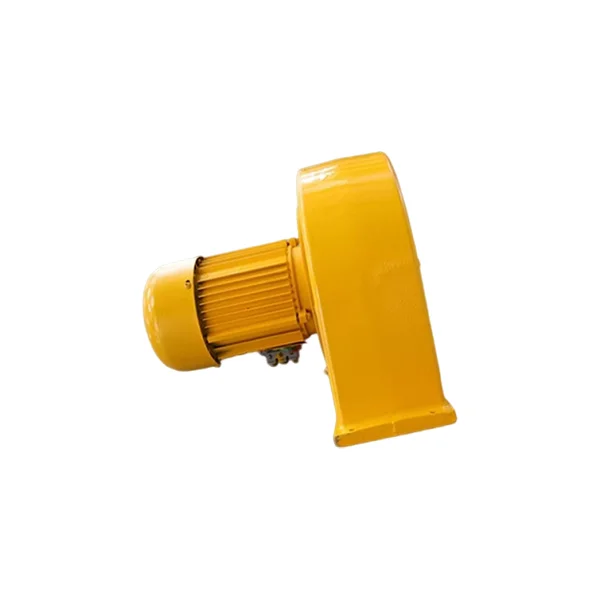
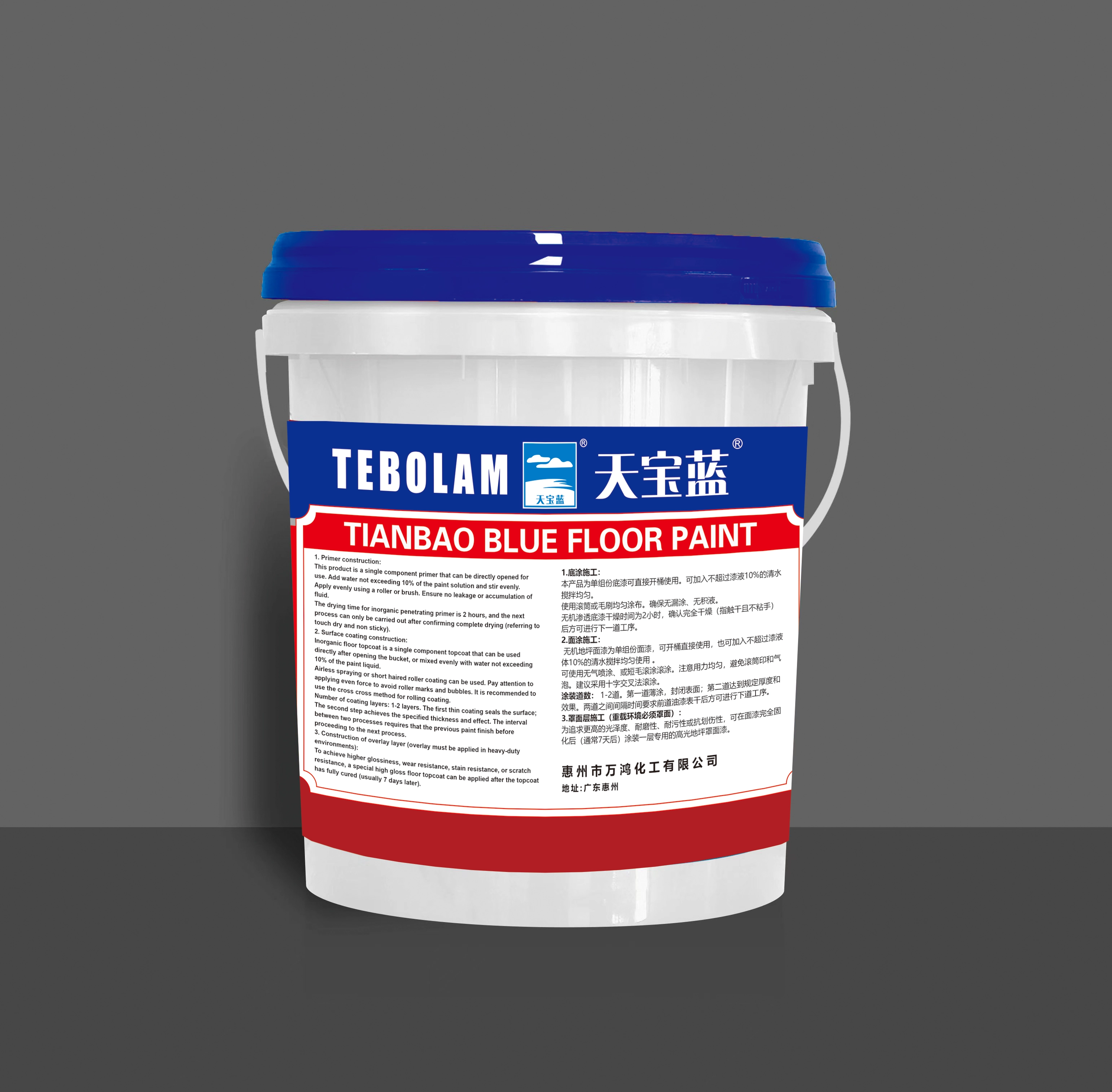
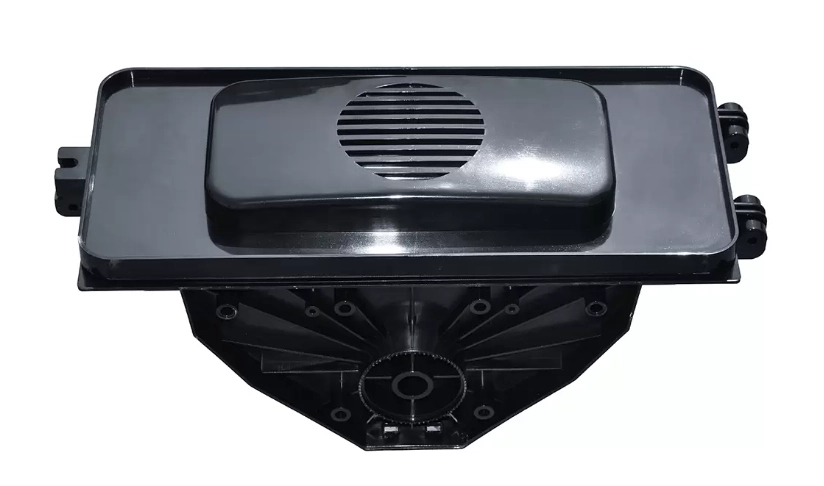


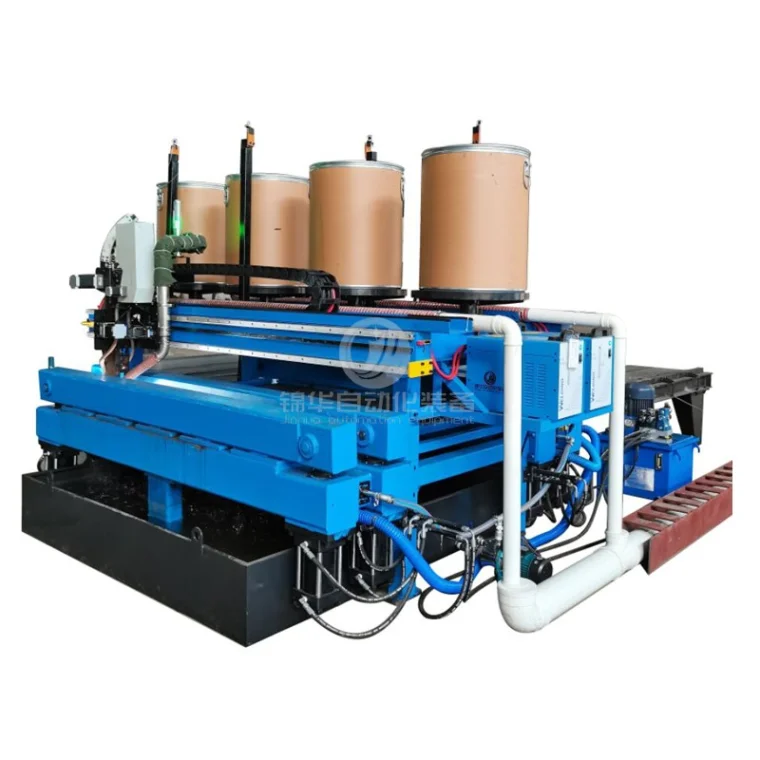
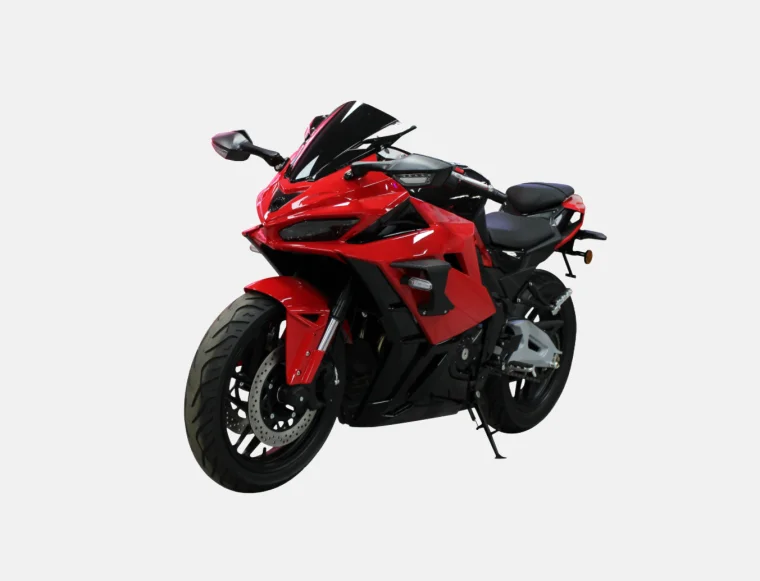
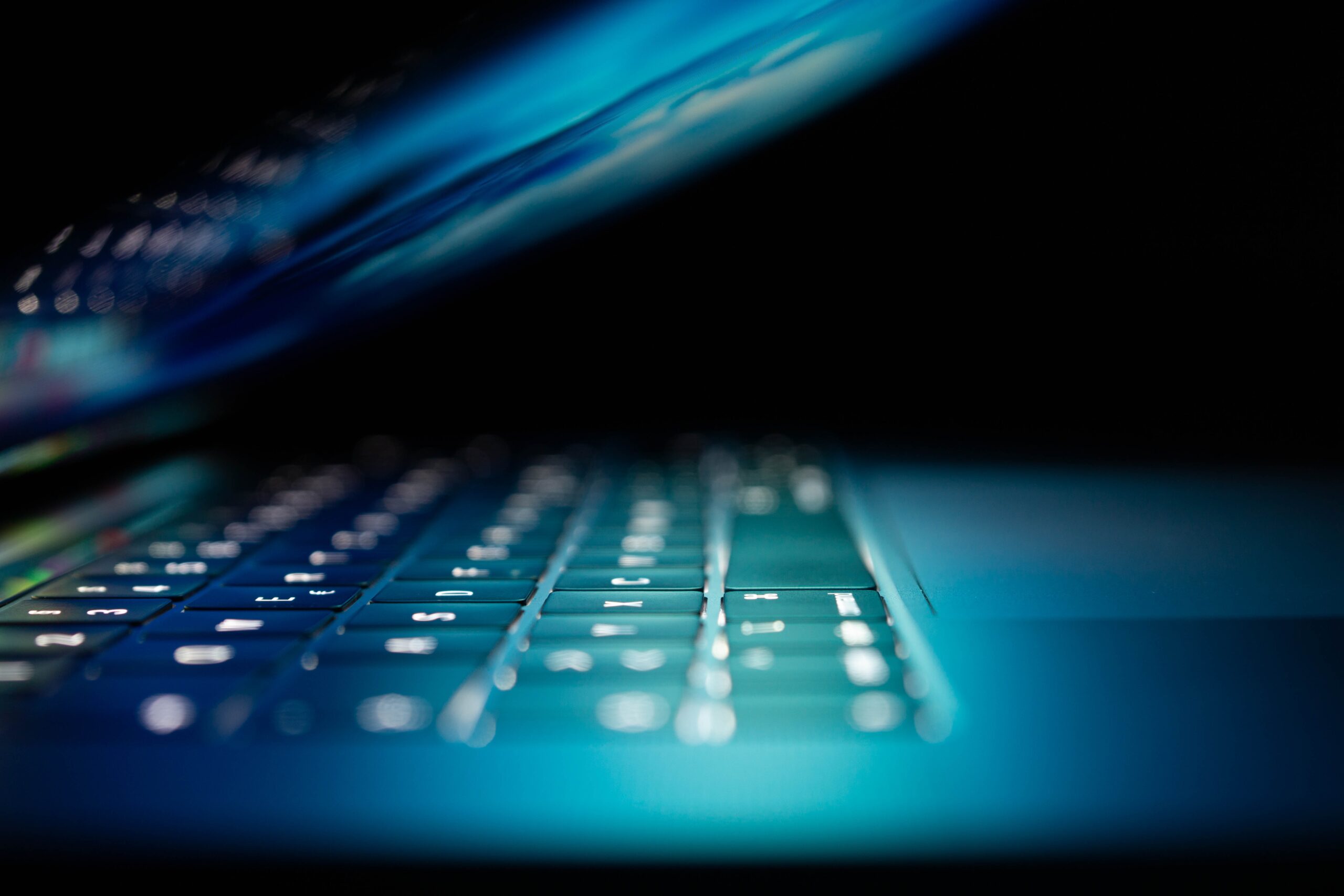
+ There are no comments
Add yours